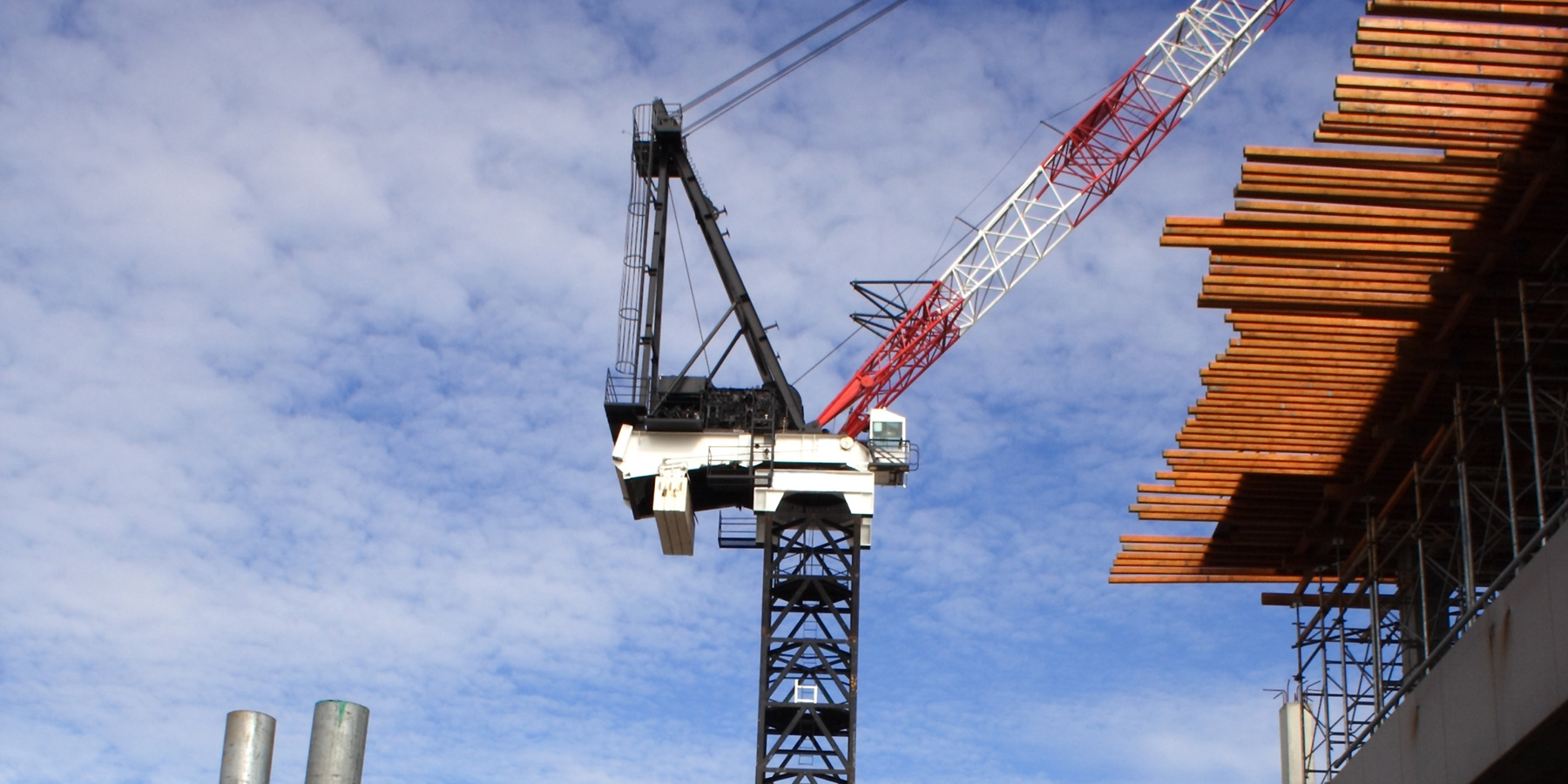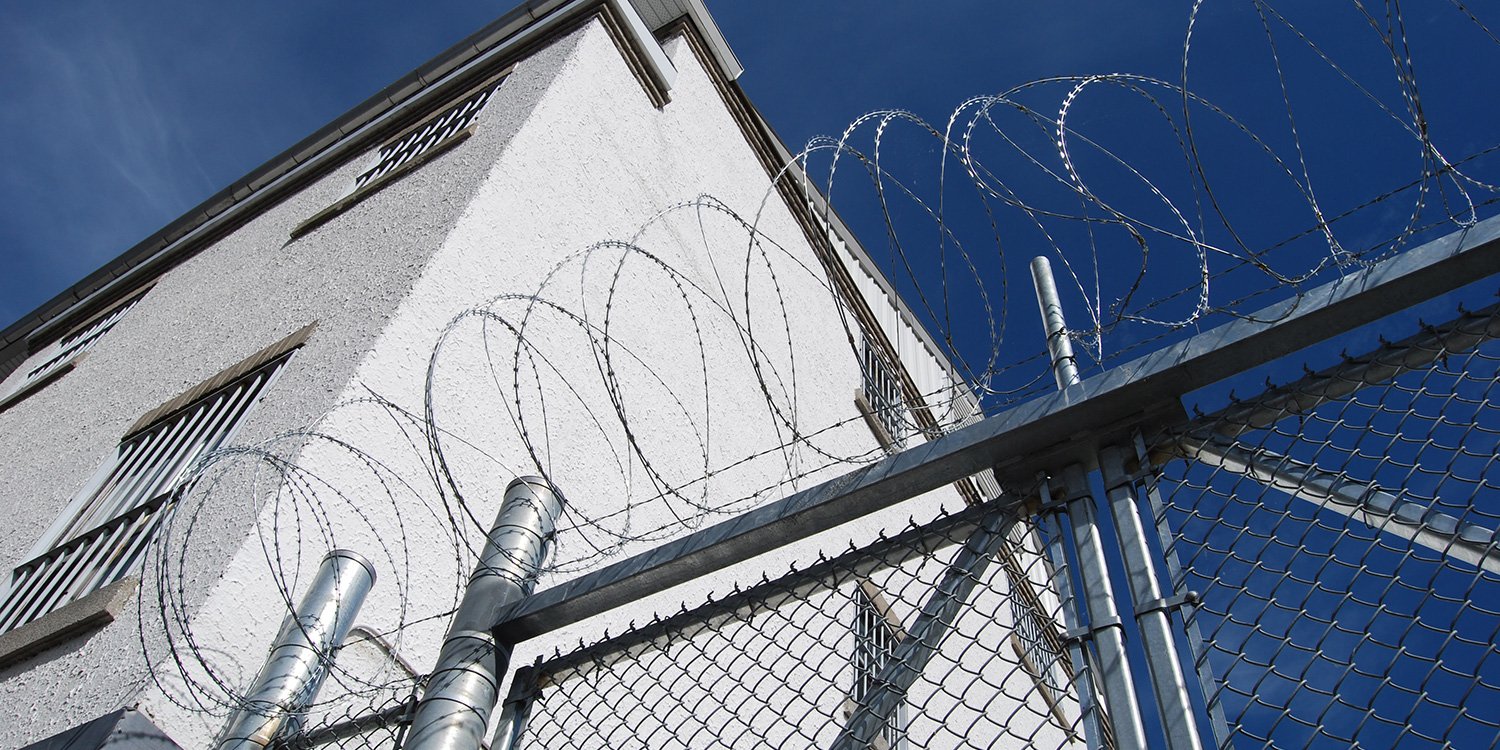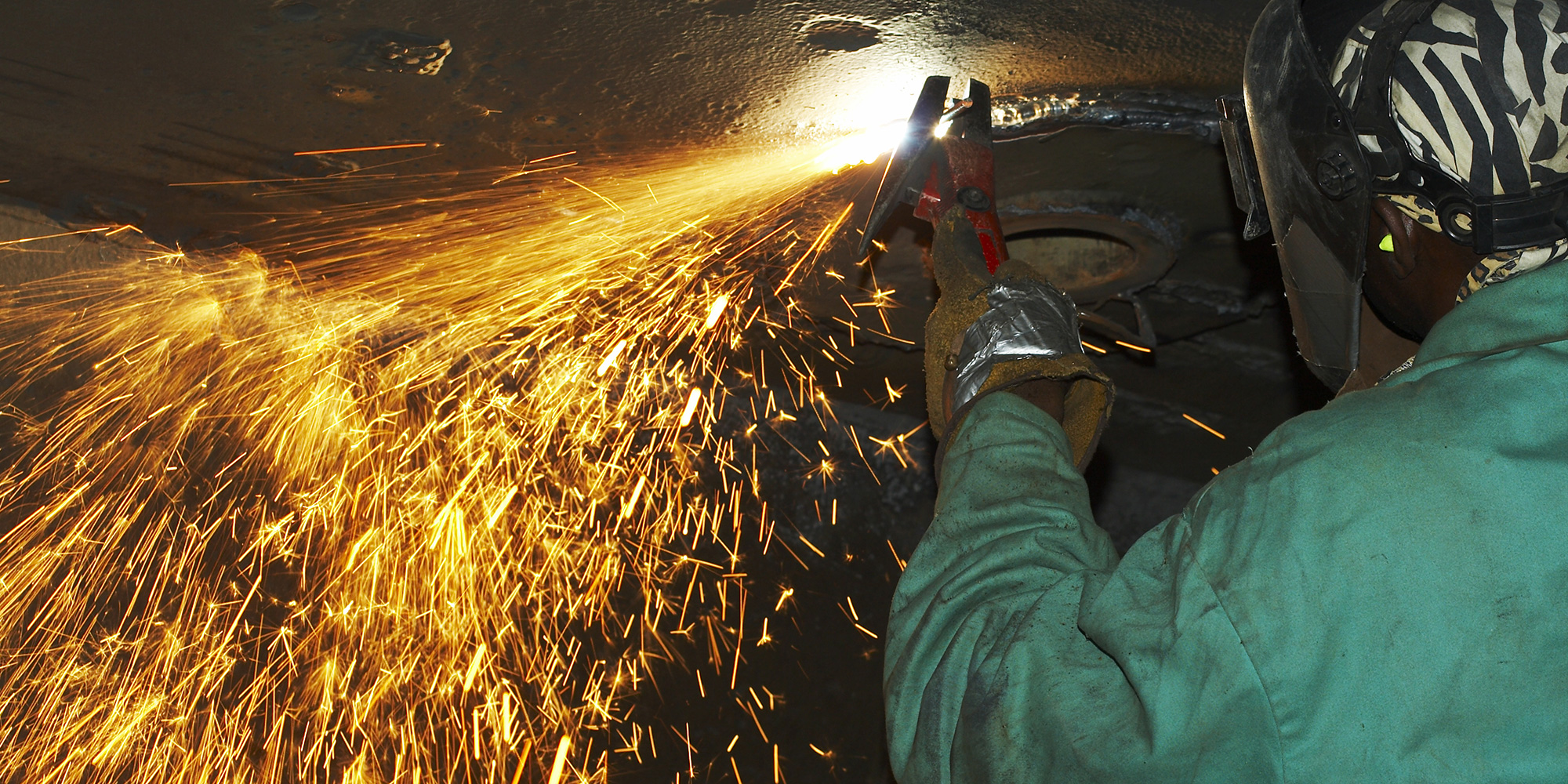What is the Seventh Generation Principle?
The Seventh Generation Principle is based on an ancient Haudenosaunee (Iroquois)* philosophy that the decisions we make today should result in a...

I’m often asked this question in my workshops. My answer is, “It depends.” There are two considerations that come into play in evaluating a community’s views on development or conservation - belief structures and socio-economic conditions.
To begin this discussion one must consider the history of Indigenous communities in North America. Many scholars, until recently, believed that the Indigenous Peoples who populated North America did so by way of a land bridge that stretched across the Bering Sea. The land bridge theory considers a single wave of migration from Asia at the end of the last ice age as being responsible for the population of North and South America. Mention the land bridge theory to Indigenous communities and ask them if they crossed a land bridge and their response would likely be, “No.” Indigenous communities generally believe that they came to these lands through creation, not via a land bridge. This belief is supported by their respective first ancestor stories or creation stories.
Creation is an important belief in trying to determine if an Indigenous community is pro-development or pro-conservation. From the point of view of creation, Indigenous communities were given lands by the Creator. These lands were to be used and protected for the Indigenous communities’ benefit and are required for their long-term cultural survival for the next 10,000 years and beyond. It is this ability for cultural and individual survival that Indigenous communities use as their measure of sustainability in an ideal world and suggests a pro-conservation belief. Unfortunately, it is not an ideal world.
A look at current socio-economic conditions in Indigenous communities is the second consideration to explore. What are the key indicators showing in a community? Is there high or low unemployment? Are there high rates of suicide and violence because of a lack of economic opportunities? What health issues are affecting the Indigenous community? If a community is wrestling with poor socio-economic conditions, and many, but not all are, they may be more inclined to address short-term socio-economic issues through natural resources or other development. Put another way, the need to survive culturally in the short term can push Indigenous communities to be more pro-development. It is not development at any cost though. Indigenous communities will still weigh their development decisions against long-term cultural survival.
Reprinted from 3rd edition of Working Effectively with Indigenous Peoples®, Bob Joseph.
Featured photo: Shutterstock

The Seventh Generation Principle is based on an ancient Haudenosaunee (Iroquois)* philosophy that the decisions we make today should result in a...

Indigenous people account for less than five percent of the Canadian population, yet represent 25 percent of the total inmate population. Canada is...

Simply put, Indigenous procurement is the act of purchasing goods and/or services from an Indigenous-owned business. For example, our company, ...